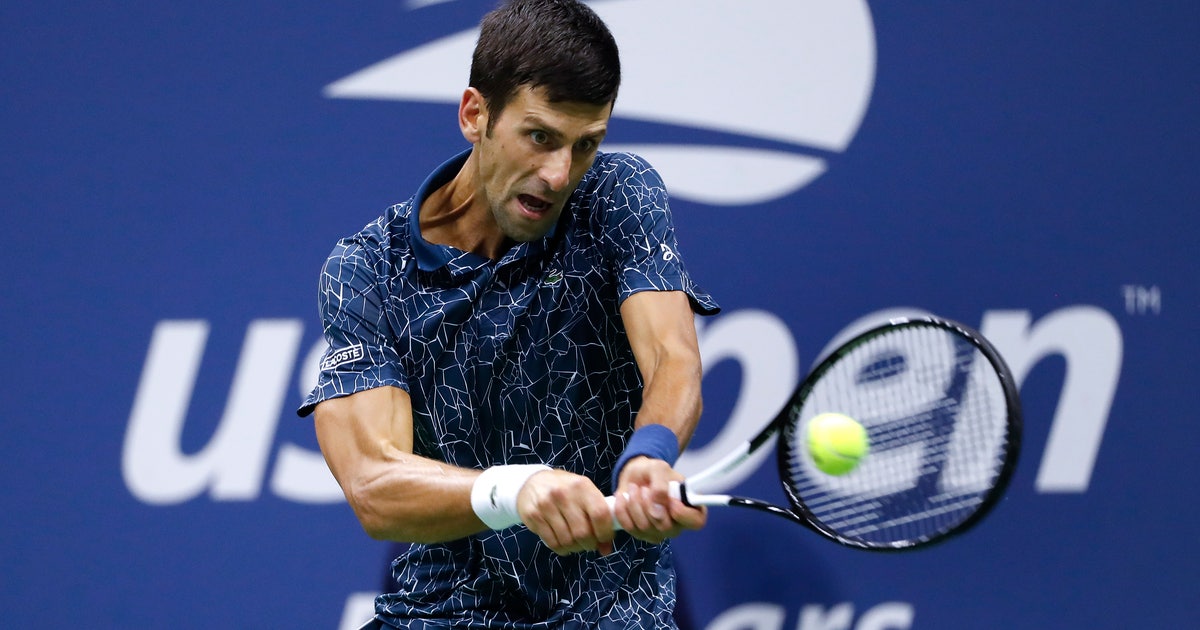Would players go? A look at issues surrounding the US Open


Novak Djokovic is fretting about “harsh” restrictions on players’ entourages and other “extreme” changes proposed for the U.S. Open, if it is played starting in August.
As things stand now, defending champion Rafael Nadal would not want to be in Flushing Meadows at all.
While the tennis world awaits a decision, which could come as soon as next week, from the U.S. Tennis Association’s board about whether to hold the Grand Slam tournament in New York amid the coronavirus pandemic — and if so, with what precautions — there are plenty of questions surrounding the event.
A look at some of the issues:
WOULD PLAYERS GO?
The top two men in the rankings, No. 1 Djokovic and No. 2 Nadal, winners of the last eight major titles, expressed ambivalence in recent days. “The rules and regulations they informed us about, that we would have to follow in case we play in the U.S. Open, are really extreme,” Djokovic said in an interview with Serbian channel TV Prva. “They want to hold the tournament at any cost for economic reasons, which is completely understandable to me. But on the other side, the question is whether all this is achievable and how many players want to participate under those conditions.” Last week, Nadal was asked whether he planned to enter the tournament. “Today,” he said, “I will say, ‘No.’ In a couple of months? I don’t know.”
WOULD FANS BE ALLOWED?
It sounds unlikely that spectators would be able to attend. Stacey Allaster, the USTA’s chief executive for professional tennis, said her group has been trying to figure out how to “engage fans virtually.” Last year, about 850,000 people went to the National Tennis Center over the three weeks of qualifying and main-draw action.
WHAT ABOUT ENTOURAGES?
“A player coming with an entourage of five, six, seven, eight is not something that’s in the plan,” Allaster told the AP. Djokovic called that policy “simply unthinkable, because you need a tennis coach, fitness trainer, then a physiotherapist; a great team of people.” Dan Evans, who is ranked 28th, disagreed, saying having a one-person-per-player restriction is not “such a big deal.” “Not everyone’s traveling with physios and fitness trainers like Novak said,” Evans told the BBC, “so I think his argument there is not really valid for the rest of the draw.”
HOW WOULD HEALTH BE PROTECTED?
Players would need to prove they had tested negative for COVID-19 before traveling on charter flights the USTA would organize from a handful of cities. There would likely be daily health questionnaires and temperature checks, along with occasional nasal, saliva or antibody testing; Djokovic said he was told there would be two or three tests per week. Djokovic said players would not be allowed to go into Manhattan; Allaster spoke about “centralized” housing.
WILL THERE BE FORMAT CHANGES?
The USTA won’t change the scoring system — some unsanctioned exhibitions taking place have used a first-to-4-games format — and wouldn’t shorten men’s matches to best-of-three-sets unless players lobbied for that. But it’s possible the total number of events — which usually includes qualifying, doubles, juniors and wheelchair tennis — could be reduced.









